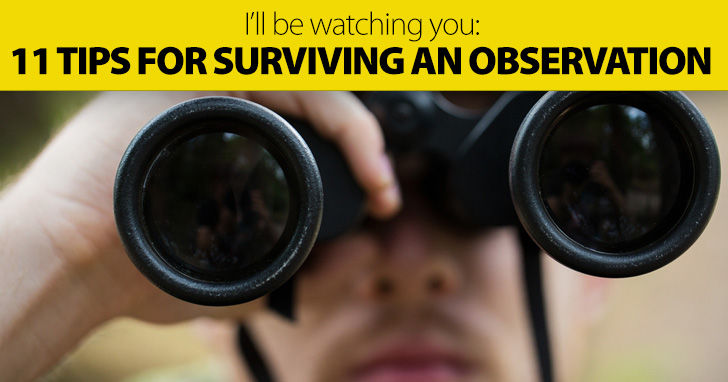Observe and Report: 7 Ways to Promote Professional Development


This might be when applying for a new job, teaching a model lesson for the benefit of trainee teachers, becoming certified, providing a demonstration lesson for prospective students, or impressing the parents of current students. Whatever the reason, it’s often an unwelcome and very stressful experience. With a little preparation, though, you can knock that model lesson out of the park, impress your observers, and build your own confidence as a teaching professional.

Whether you’ve been at the chalk-face for thirty years, or whether this is truly your first rodeo, the secret is to let that stress fall away, both before and during the class. Try to find quiet time (ideally, 10-15 minutes before you begin) to simply sit and breathe deeply. This regenerates your focus and enthusiasm; if you have a meditation practice, try a little of that. Remind yourself that everyone involved wants you to succeed, and that the opinions of the observers aren’t a judgment of you as an individual, but simply of this class, today.
Perhaps this goes without saying, but most of the problems you’ll encounter during an observed class will stem from inadequate forethought. Consider preparing for these aspects, in particular:
Everyone is different, but most observers would agree that the best teachers are:
True professionals are dedicated to continuous self-improvement. Approach your observers and ask if they’re prepared to share their findings with you; in some situations this won’t be appropriate, but it’ll look good if you ask! Finally, I always like to tell my observers that I’ve enjoyed myself, and that it’s been good to have them in my classroom. Try doing this, even if your real feelings might be closer to, “Thank heavens that’s over!”
Be yourself, respond to your students’ needs, and show everyone that you’re a dedicated, well organized professional.